It’s hard to describe the current state of Harlem’s P.S. 186 without falling into the dreaded verbal blackhole of flowery rhetoric that plagues urban exploration writing. I can’t count how many times I’ve read the phrase “reclaimed by nature” in regards to a “concrete jungle” or “lost city” and while I understand the compulsion to use those trite phrases, I wish more writers would resist the urge. So I’m not going to attempt to describe P.S. 186 beyond perfunctory observations, the photos will have to suffice.
P.S. 186 opened in 1903 in West Harlem. Five stories high and 100,000 square feet, the elementary school operated for 72 years. It closed in 1975 amidst safety concerns as the top floors began to crumble and reports of robberies and attacks increased. Here’s the building during its functional years:
And here’s how it looks today c/o Googlemaps. I forgot to get an exterior shot and even though Harlem is just a few miles from where I live, a few miles in NYC isn’t just a ‘pop over and snap a photo’ pit stop, it’s three trains and a whole afternoon, so I’m phoning this one in.
According to an archived New York Times article, the school principal stated that “the most urgent problems at the school…[were] security and fire hazards.” The building’s H shape (as you can see below c/o googlemaps) created cul-de-sacs in which “hundreds of children and teachers would be trapped” in the event of a fire.
In response, the fire department required 13 doors to remain open, which led to the public using the building as a shortcut to the neighboring street, which increased crime inside the school. Multiple robberies and a rape at gunpoint were reported.
Despite the crime and child endangerment, the city government did nothing, as they were often wont to do when it came to schools with mostly black students. So in 1972, the National Economic Growth and Reconstruction Organization (NEGRO) took matters into their own hands and removed students from the school due to safety concerns. The NYT reported that “60 members of the black self-help organization…moved into the school and shut down the top three floors of the five-story building.”
Although the principal claimed to have no knowledge of the organization’s plans, he claimed he was “surprised, but very much elated,” as they were “placing the school under citizen’s arrest.” The article doesn’t go into detail about why the principal was pleased, but assuming things worked back then how they do now, with glacially paced bureaucratic nonsense and a fuck ton of paperwork, having an external group take immediate action is a convenient way around that problem without getting the administration in trouble.
NEGRO’s actions caused a temporary evacuation of the remaining students while the fire department conducted a safety search. The department claimed they saw no immediate concerns, but NEGRO cited multiple fire hazards as well as health concerns (aka rats.) In 1975, with a budget for a new school finally approved, P.S. 186 closed.
P.S 186 class of 1942- school courtyard then and now:
In 1986, the school was sold for $215,000 to the Boys & Girls Club of Harlem. According to the NYT, the sales contract stipulated that “85 percent of the usable floor area was to be dedicated to nonprofit community use, and development of the property was to be substantially completed within three years.” Those plans never developed and the building remained abandoned. After 40 years of neglect, it was purchased and restored by Dattner Architects, who reopened it as affordable housing. See some “now” photos on their site.
Now that we’ve got that covered, let’s go through the building as it was on the day I explored it in 2013. I’ll start in the basement, which, like most building basements, is a mishmash of old machinery and electrical junk.
Above is a tubular boiler, it looked like this when in use:
Fittingly, the basement of P.S. 186 happens to be where the photography darkroom was located:
The darkroom floor is littered with old bottles and the shelf has grown an impressive mass of whatever nightmare the combination of chemical reactions, mold, and time has given birth to.
If I ever die of some mysterious lung infection that “hasn’t been seen in hundreds of years, and never before in a human,” feel free to show my exploring photos to the doctor.
The first (ground) floor is boarded up pretty well with cinderblocks and wood, allowing only bits of natural light in here and there. Chunks of ceiling have fallen down and chalkboards are either missing, peeling or cracking. (Or full of graffiti, as you’ll see later, but vandals didn’t really bother with the first floor.)
A fire destroyed parts of the first floor and although not really visible under natural light, a collapsed ceiling and piles of desks and chairs blocked this stairway to the second floor.
The second floor classrooms have more natural light…
…because there are no curtains, shades or glass in any of the windows anymore.
The second floor consists of mostly hallways and classrooms, all of which have at least one open wall of windows and have been exposed to the elements for almost 40 years now.
The trees and saplings that have taken root in the classrooms have made the wood floors too sketchy to walk on, although most of the debris on the ground is from fallen windowsills and ceiling.
There are a lot of old coat closets still in semi decent shape.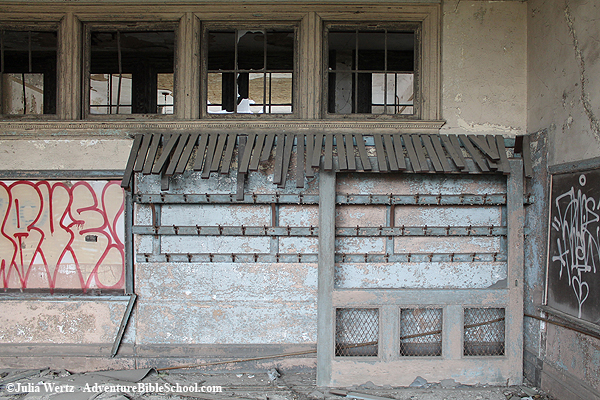
On the second floor, I found a little library, which didn’t amount to more than a walk-in closet littered with old math pamphlets and history books with very aesthetically pleasing covers.
These books, stacked on the top shelf, were titled “Adventures Now and Then,” which, come to think of it, would have been a great name for this blog.
The auditorium on the fourth floor.
Big hunk of ceiling atop the middle rows of chairs:
Considering these chairs are wood, they’re in surprisingly good condition. Unsurprisingly, covered in bird poop.
And finally, we’ve reached the top floor where the gymnasium is located. I was going to say something about how you’d have to be a complete moron to walk out on this floor (as I’ve seen in other photos) because the wood is rotted and full of holes, but then I considered the overall moronic nature of exploring abandoned places, and, well, touché.
When I posted the tree photo below on instagram, someone left this comment: “A clear struggle of life reaching for the light (heaven) but only reaching the looking glass reflecting inevitable decay and death.” WOOF, ammiright?
A full set of photos can be seen in the P.S. 186 Flickr set.
Disclaimer: If any information is incorrect, if you have more info, or if you’d just like to tell me something, feel free to contact me.
To support my work and see new comics, go here. To buy books, original artwork, merch, and more, visit my website store. Follow me on instagram.
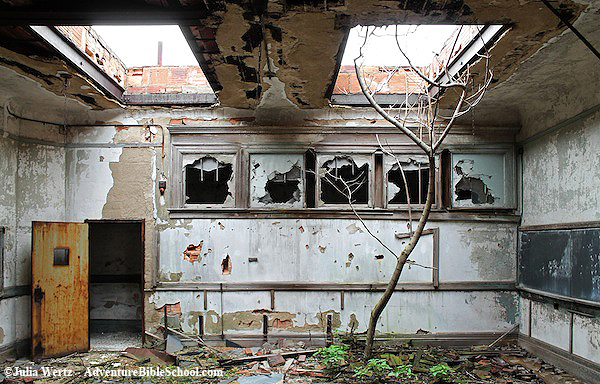
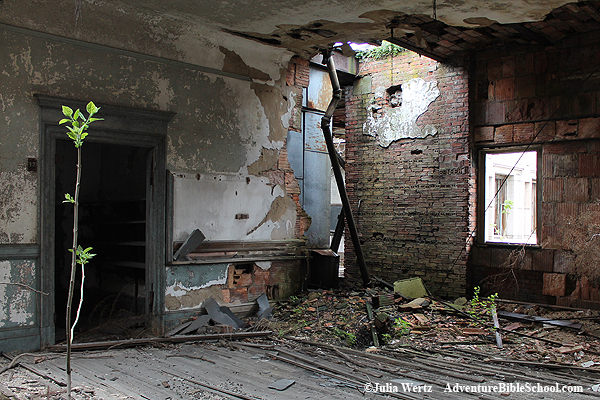



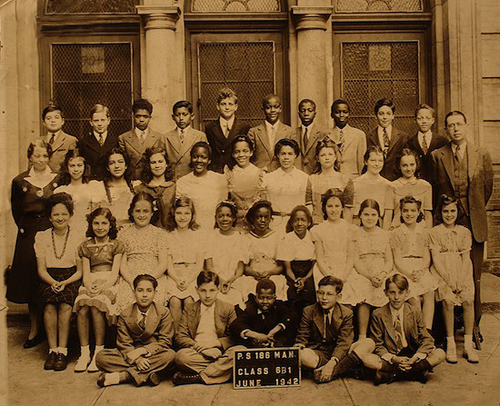
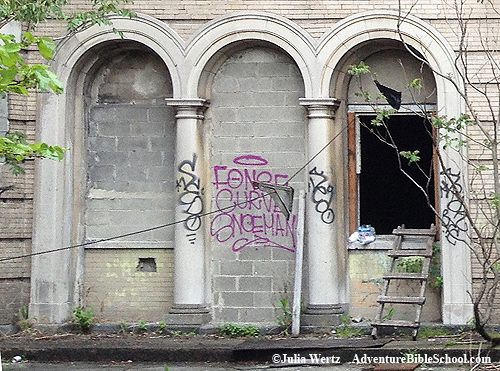

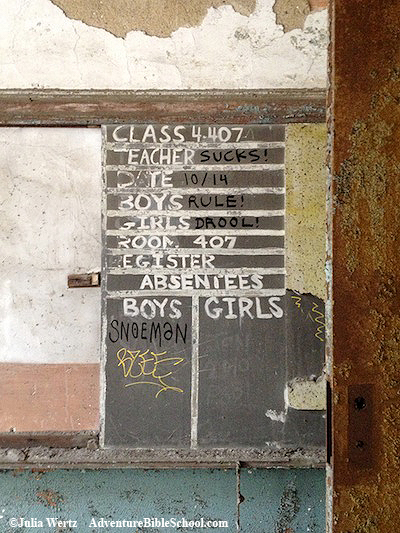

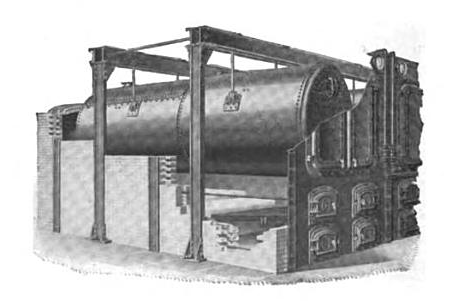
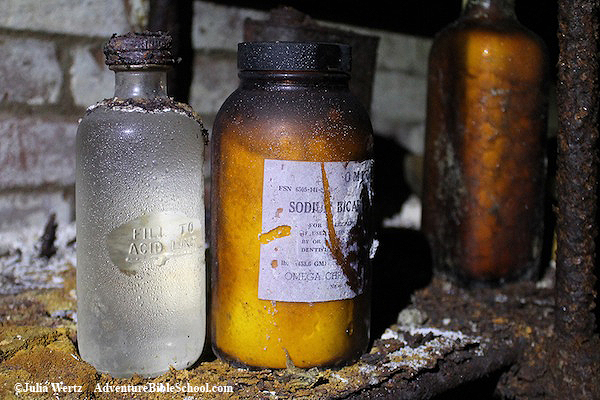
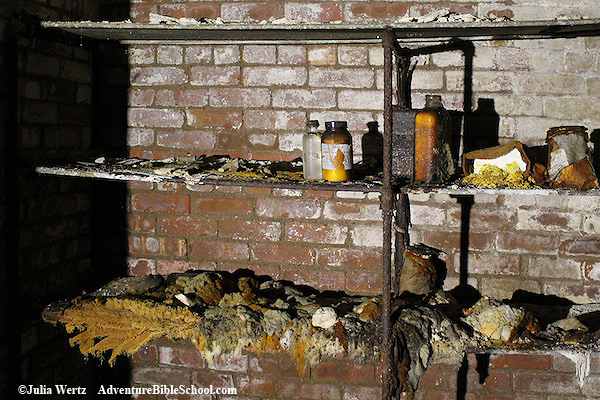
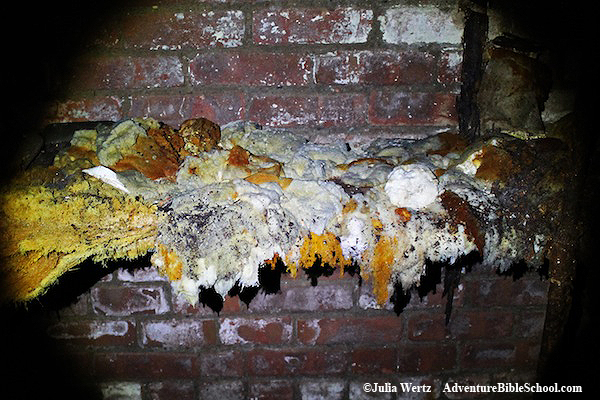
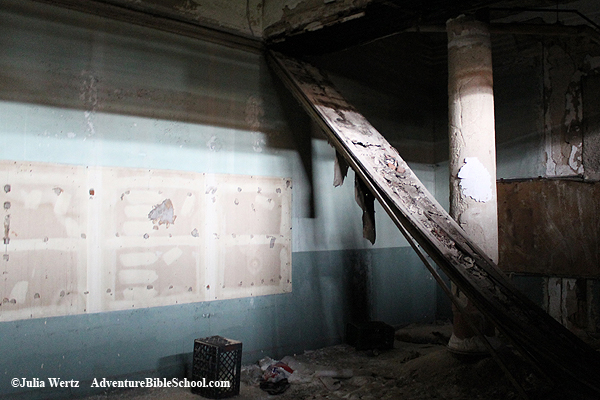


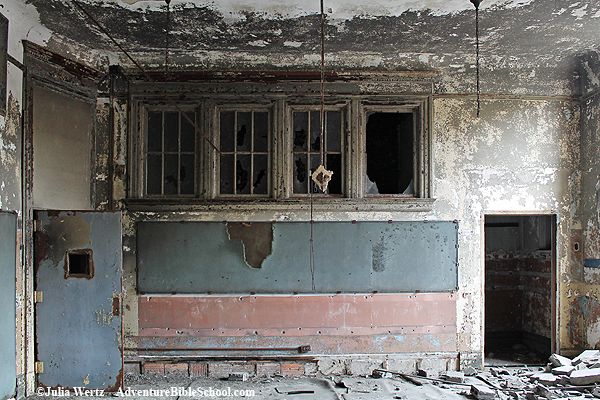






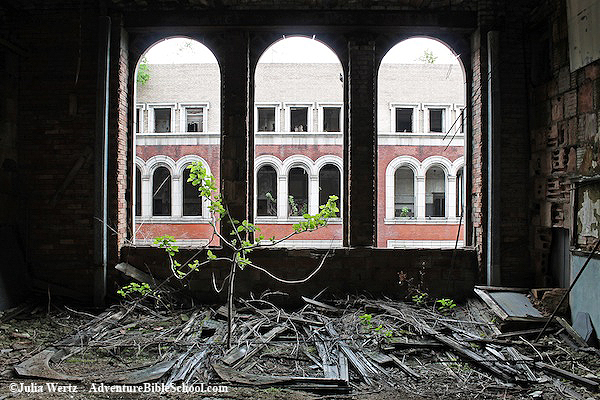


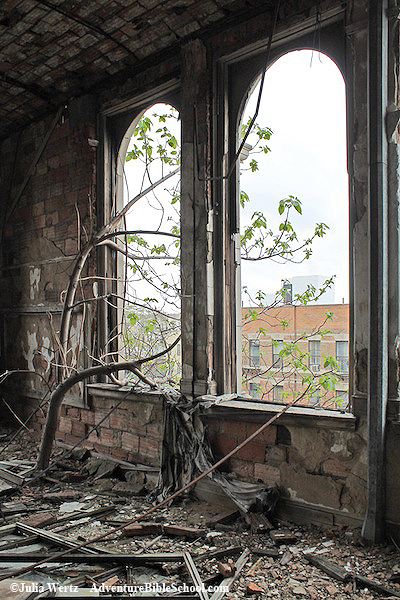
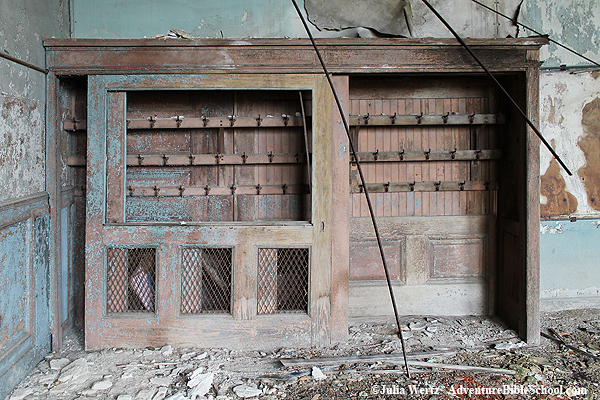


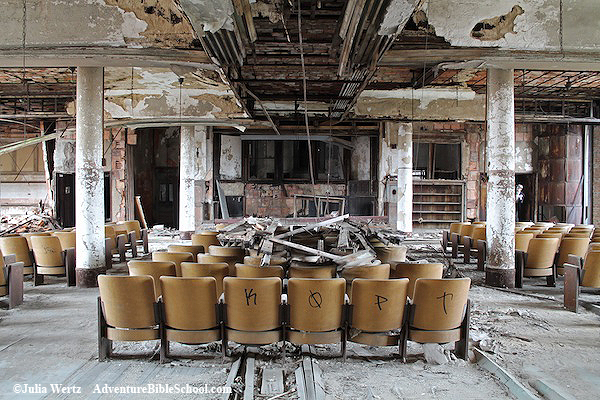
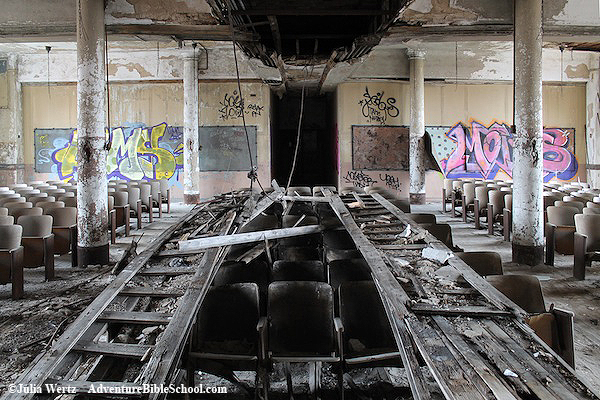


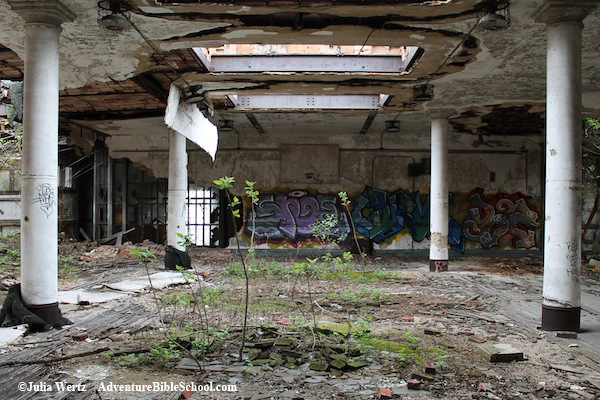
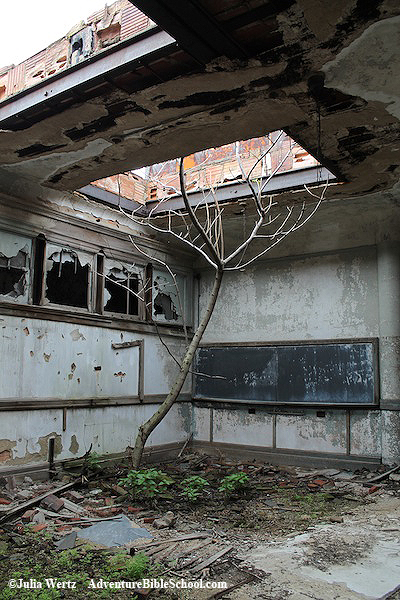
Sorry, the comment form is closed at this time.